
The first True Crime book I ever read was Robert Graysmith’s Zodiac—I spent my allowance on a trade-sized copy and was hooked. It’s (famously) his story of being a political cartoonist at the San Francisco Chronicle when the newspaper received all the Zodiac Killer’s deranged puzzles—and I couldn’t put it down.
Since then, I’ve torn through all the so-called classics (think Ann Rule’s entire bibliography or Truman Capote’s In Cold Blood), and dived into memoirs like Kerri Rawson’s A Serial Killer’s Daughter: My Story of Faith, Love, and Overcoming. Now that we’re in the midst of October, I’m recommending some recent True Crime books that you probably haven’t heard of before.
My choices will hopefully help expand your definition of True Crime, reexamine who the genre focuses on, and chronicle just how many different ways humans have chosen to scam, maim, and injure each other.
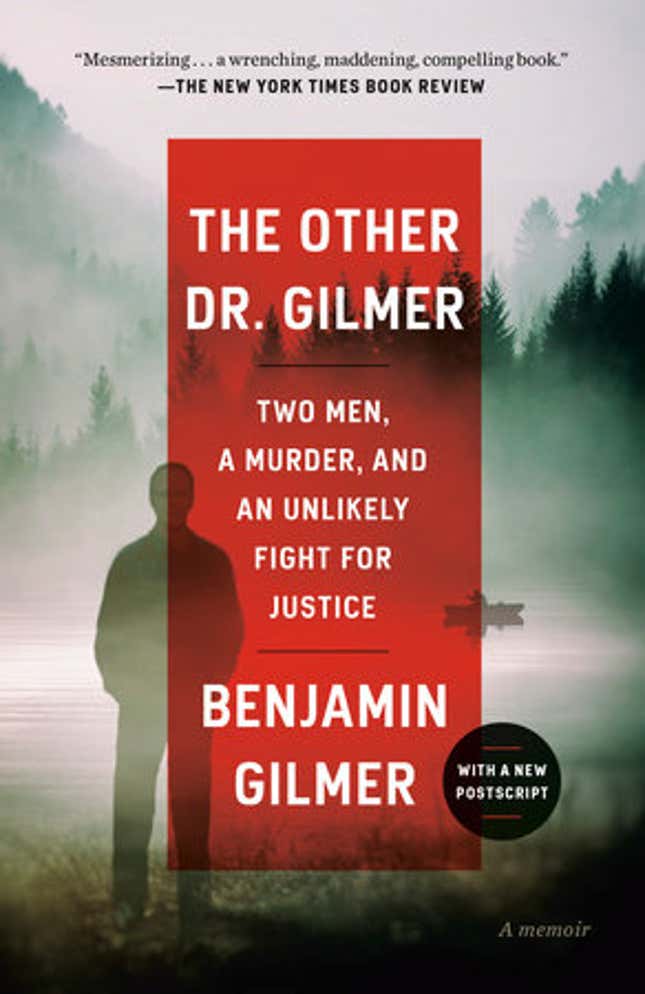



The Other Dr. Gilmer was one of those books that immediately pulled me in with the front cover. It was spooky and eerie and because of the subtitle, “Two men, a murder, and an unlikely fight for justice,” I thought the crux was about the fight to avenge a murder. Instead, it’s a memoir adapted from an episode of This American Life from over a decade ago where Dr. Benjamin Gilmer, the author, moves to rural North Carolina to take over a practice started by the other Dr. (Vince) Gilmer. Vince gruesomely killed his father and was in prison for life but the town still loved him. It’s that duality that gets under the second Dr. Gilmer’s skin and leads him down a path he can never turn back from.
This book is for anyone who’s interested in murder trials, miscarriage of justice, dysfunctional families, and how the mind can betray us. This book doesn’t dispute that Vince committed the murder but instead interrogates how the criminal justice system railroads medical diagnoses in favor of convictions. (Bookshop)
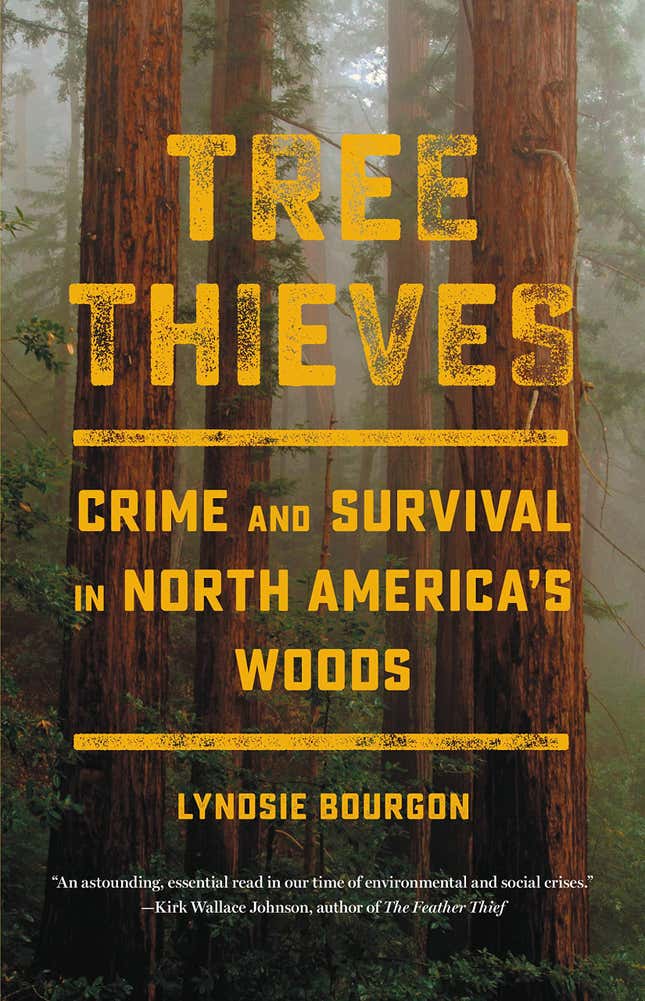



Tree? Thieves? How do you steal a tree? Tree theft is true crime? Yes. Lyndsie Bourgon’s Tree Thieves: Crime and Survival in North America’s Woods is a solid entry into the genre. Did you know there’s a billion-dollar timber black market because people can’t stop chopping down trees!? I sure as hell didn’t until I read this book. Bourgon uses three timber poaching (timber poaching!) cases to trace how illegal wood is making its way into your life and through your furniture. This was a new type of crime to me (and probably you), so I learned more about the infrastructure of niche crimes like forensic wood specialists, logging history, and wood cartels than I ever expected. (Bookshop)
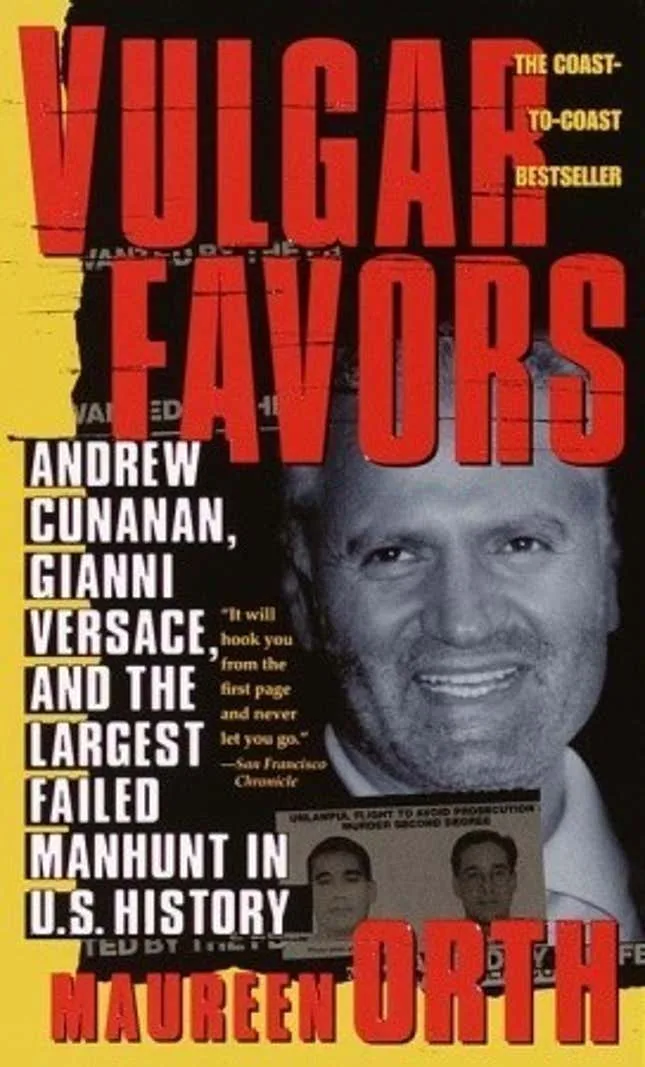



Maureen Orth’s Vulgar Favors: Andrew Cunanan, Gianni Versace, and the Largest Failed Manhunt in U.S. History, is perhaps my favorite true crime book because Gianni Versace’s designs are timeless and his assassination was horrid. Orth humanizes all the people who died before Versace on Cunanan’s spree and how investigators failed them.
Many might reach for an Ann Rule nonfiction book, but honestly, I don’t need to know more about the most famous serial killers known to man, like Ted Bundy or Jeffrey Dahmer. Orth’s book on the life and murders of Andrew Cunanan is meticulously researched, fun as hell to read, and is a glimpse into how multiple state and federal agencies failed to bring a man to justice, leading to the death of numerous people, like cemetery caretaker William Reese. Cunanan’s motivations can never be definitively known because (spoiler) he died by suicide before he could be taken into custody. Still, Orth’s portrait of a flamboyant kid who grew into a violent and manipulative man is the book to read. (Bookshop)




People often think of True Crime as only being books about the gruesome rapes or murders that have happened to women. But for this spooky season, I’d like to stretch your idea of True Crime and how we can read this genre to capture all the horrors of our world.
One of the best examples of this is longtime newspaper reporter Jerry Mitchell’s Race Against Time: A Reporter Reopens the Unsolved Murder Cases of the Civil Rights Era. Mitchell’s work to uncover who targeted Black Americans in the South is incredible. These people (white supremacists) thought their crimes were gone and buried but Mitchell set out to prove otherwise. He relentlessly tracks the white supremacists responsible for the murders of civil rights workers, civilians, and more. It’s one of those non-fiction books that reads like a novel, because how can all of this be true? And yet, it is. (Bookshop)
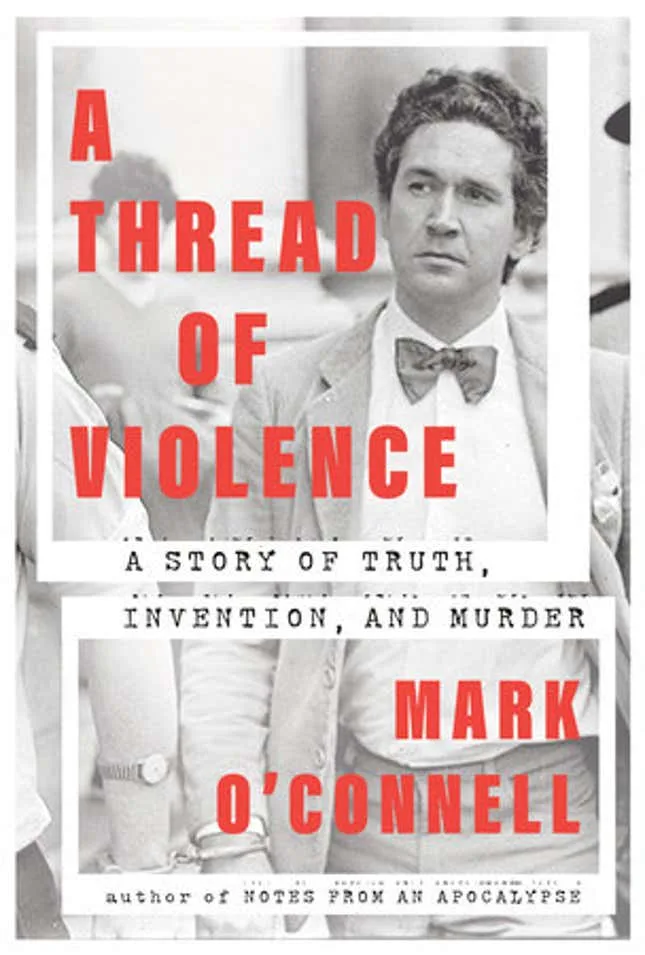



Mark O’Connell’s A Thread of Violence: A Story of Truth, Invention, and Murder takes you into a 1982 crime that took over Ireland. (It never made a splash in American media because of the decades of violence that would befall Ireland.)
Malcolm Macarthur was a rich and debonair socialite moving among the highest echelons of society—but in 1982, Macarthur returned to Ireland to allegedly rob a bank to recoup his spent inheritance. However, instead of just robbing the bank, he killed two innocent people and then hid out with Ireland’s Attorney General Patrick Connolly. He, obviously, went to prison but was eventually released since Ireland believes in rehabilitation. Enter O’Connell, who during the beginning of the coronavirus pandemic, convinces Macarthur to talk about his crimes and their truly bizarre circumstances. (Bookshop)
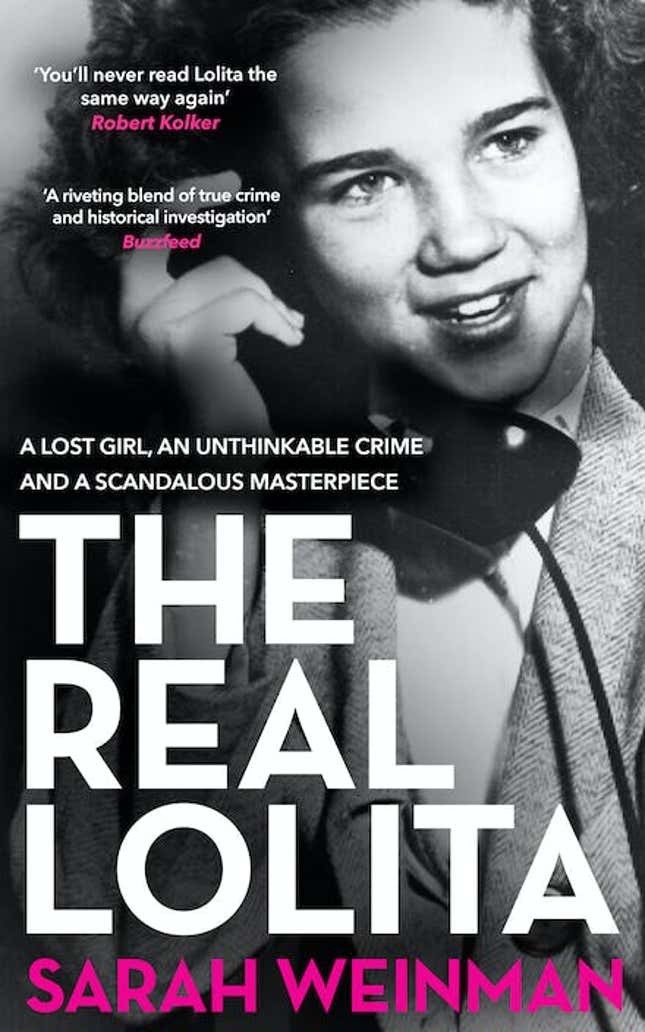



It feels like I have shouted from every rooftop about how much I love Sarah Weinman’s crime writing, but I will do it again! Every week, another person misunderstands Vladimir Nabokov’s incredible work, Lolita. The book is written as a treatise by child predator Humbert Humbert trying to justify his abuse of Dolores Haze. It’s scary and horrifying and incredibly written, but what people fail to realize is that Lolita is based on a true story. Weinman’s The Real Lolita: A Lost Girl, an Unthinkable Crime, and a Scandalous Masterpiece introduces us to the tragic and short life of Sally Horner, an 11-year-old girl kidnapped by predator Frank La Salle in 1948. Weinman rightly puts Horner’s experiences at the center of the story, asking us to consider how long we’ve ignored the stories of abused girls and women. (Bookshop)




Sarah Weinman’s excellent reporting obviously isn’t limited to one book. Scoundrel: The True Story of the Murderer Who Charmed His Way to Fame and Freedom is about how a slick murderer conned one of history’s most famous hard-on-crime commentators. Edgar Smith was in prison for murdering teenager Victoria Zielinksi in New Jersey when he started writing to William F. Buckley, the found of the National Review. In what is one of the funniest lines of logic, Buckley believes Zielinski, a self-professed neocon, could never have been such a horrific murderer, so he shouldn’t be put to death or even jailed! Weinman dives into Buckley’s archives to discover exactly how he was conned, as well as into the judicial record to see what actually happened to this young New Jersey woman at the hands of a terrifying man. (Bookshop)
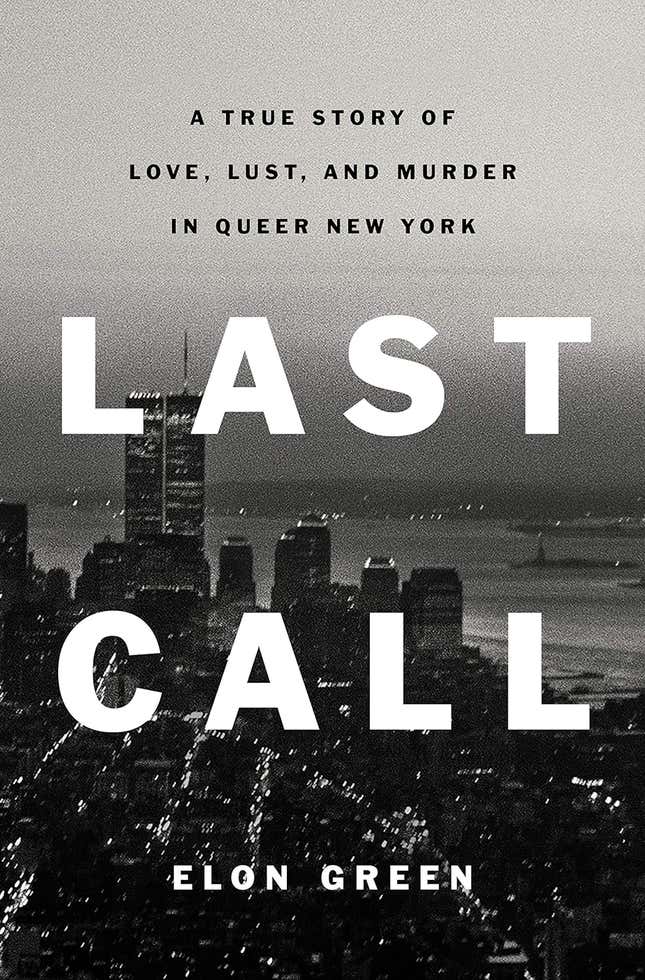



There’s a giant hole in the True Crime genre for it’s lack of queer stories. Queer people have been around as long as people so it’s safe to assume they have been both victims and perpetrators throughout history. However, because of queerphobia, their stories have rarely been told. Enter, Elon Green’s Last Call: A True Story of Love, Lust, and Murder in Queer New York. The Last Call Killer targeted gay men at gay bars in the 1980s and 90s, and his crimes took decades to solve. Was it because of homophobia? Because of the rocketing crime rates in the city? While this book does detail the investigation, it also spends a lot of time building full pictures of the victims, queer men taken from us too soon. (Bookshop)
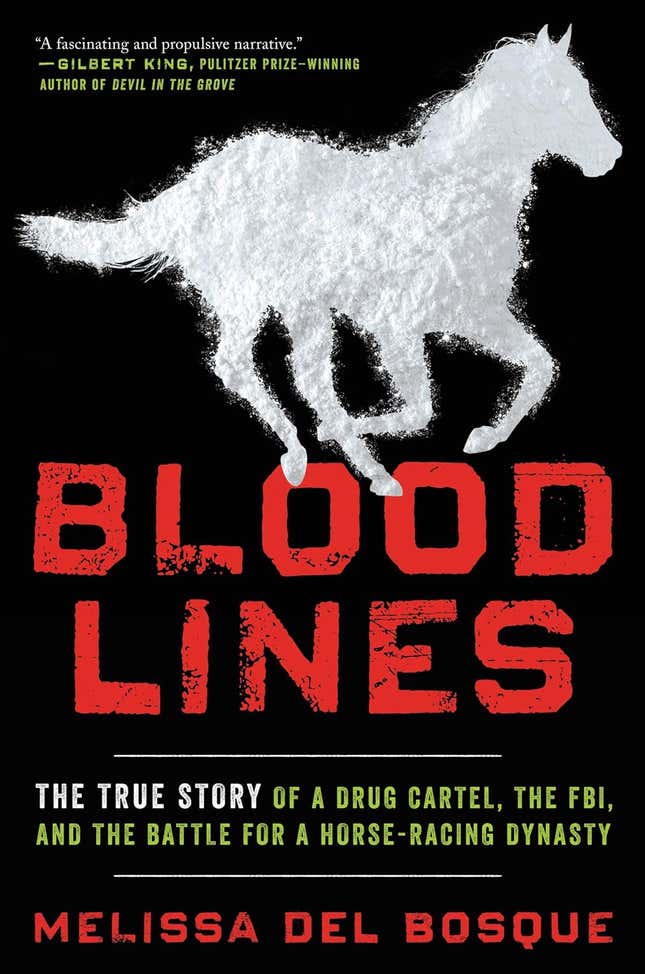



True Crime actually could use some more drug cartels. Melissa del Bosque’s Bloodlines: The True Story of a Drug Cartel, the FBI, and the Battle for a Horse-Racing Dynasty tells the story of a rookie FBI agent who ends up in Laredo, Texas. While there (bored out of his intelligence reports), he’s sent to investigate a tip in Oklahoma: One of the leaders of the deadly Zeta cartels is buying…a horse? For a record sale, too. Finally, the rookie and his partner have an in for the deadly cartel and hope they can help bring the leader to justice. The book explores the drug war, extortion, corruption, and money laundering in American quarterhorse racing. (Bookshop)

